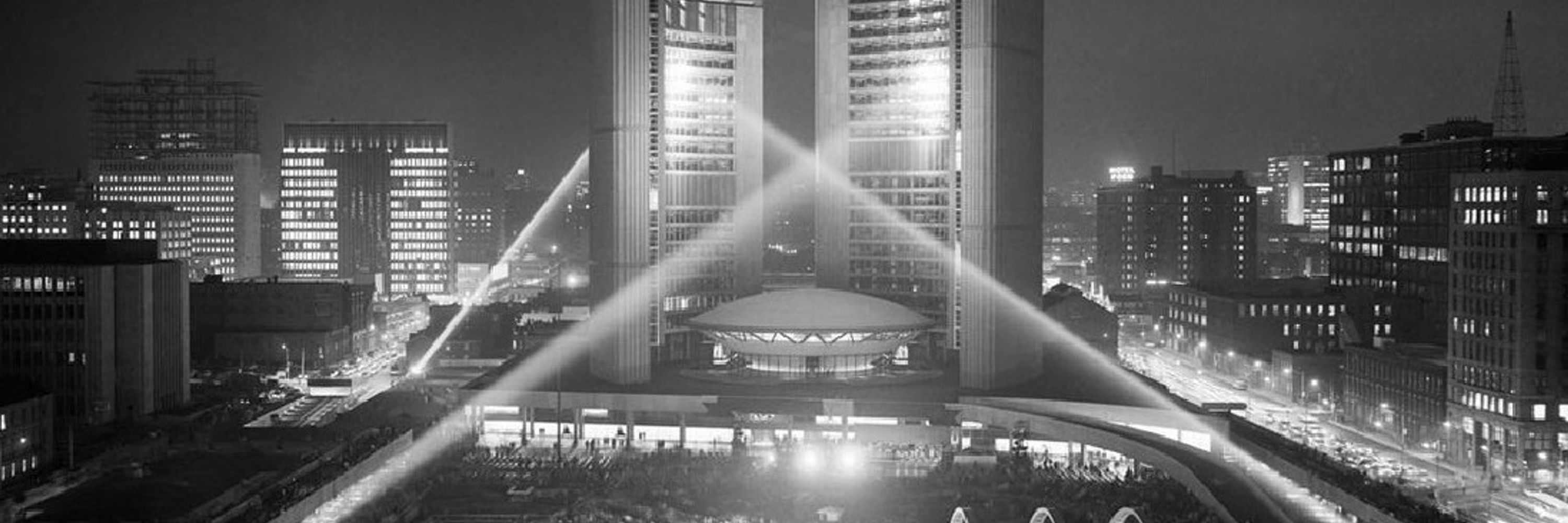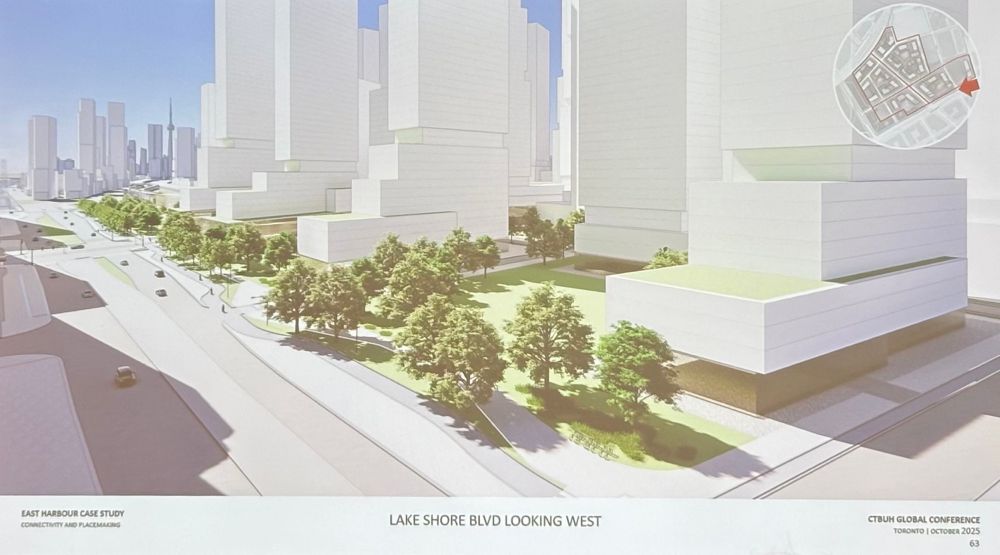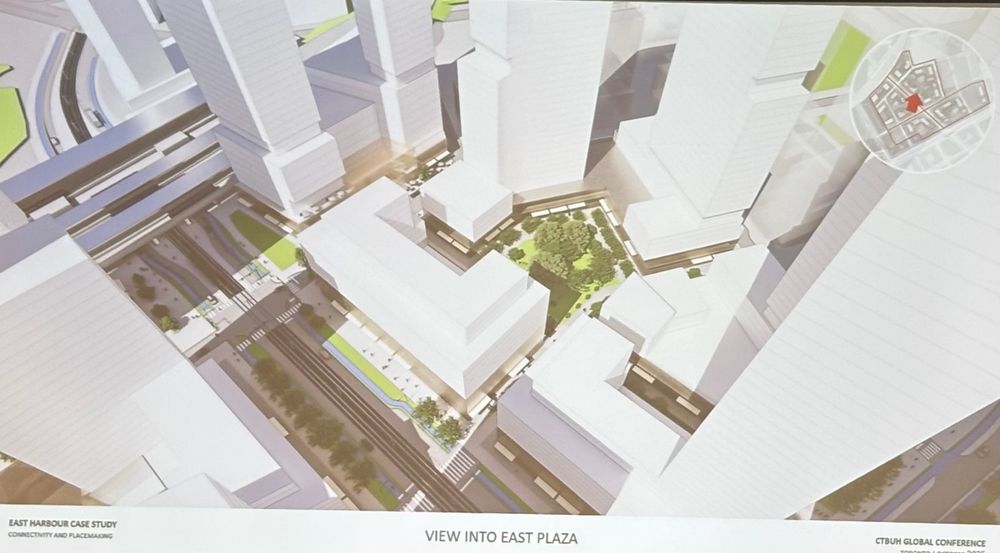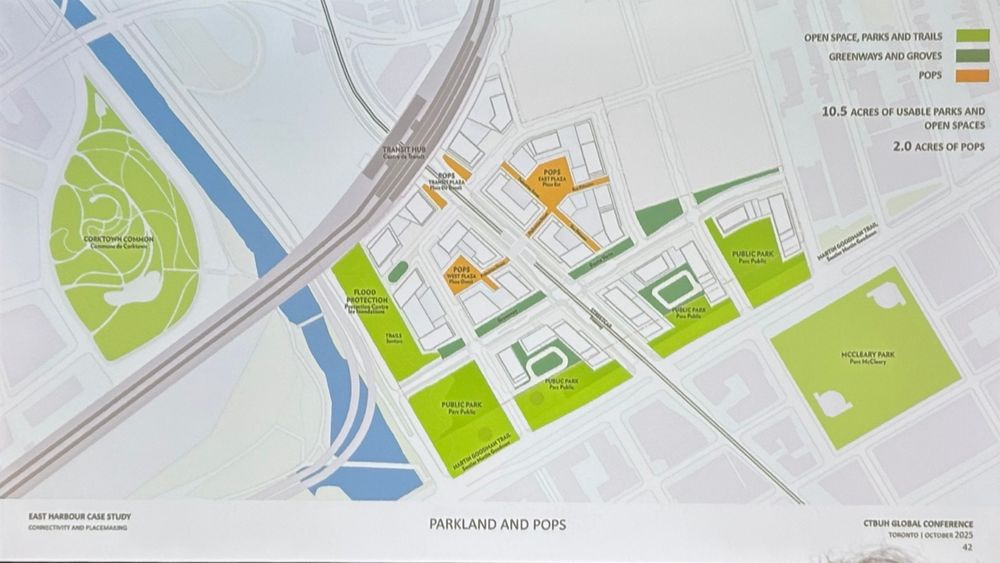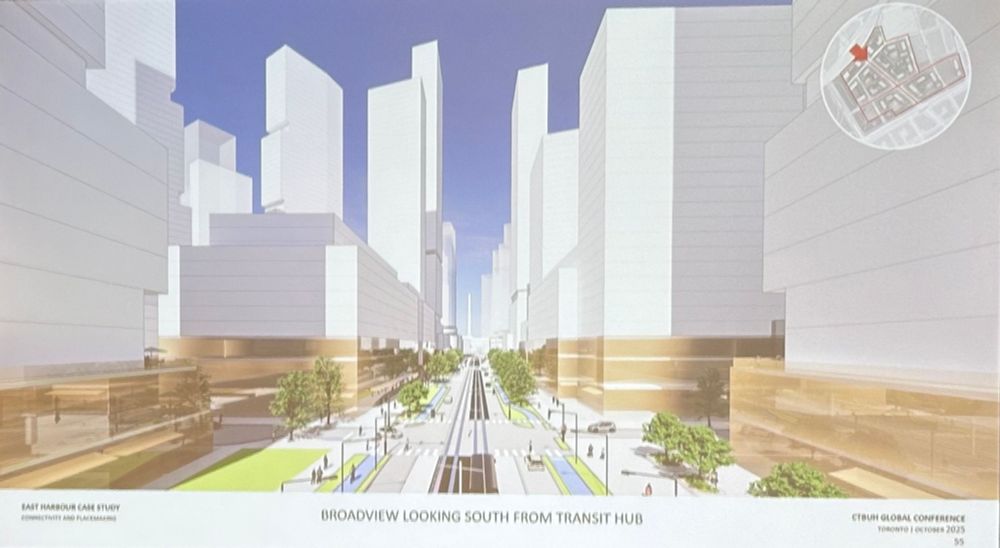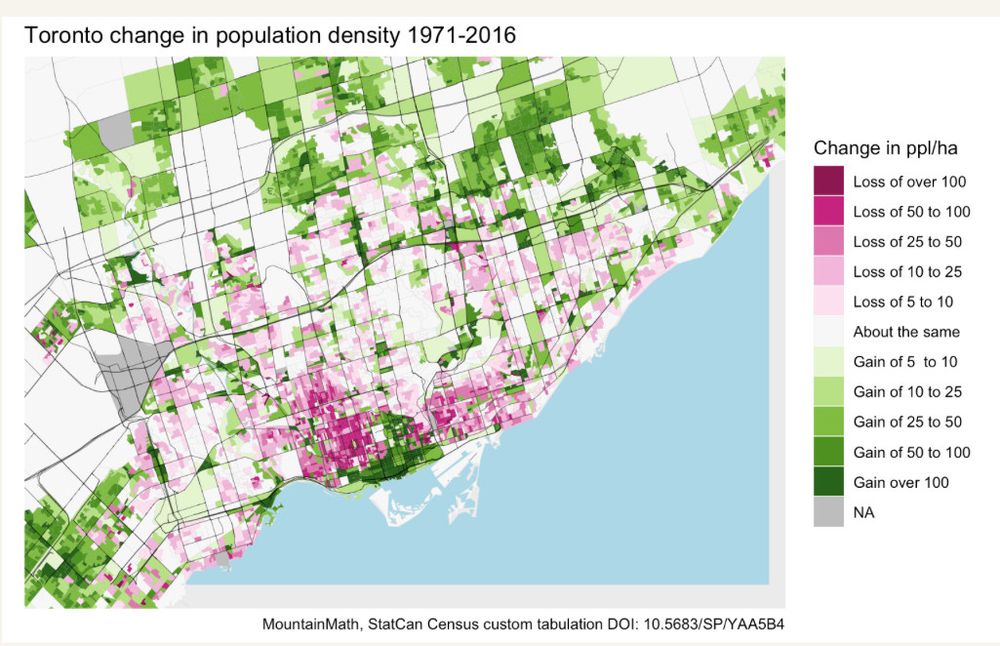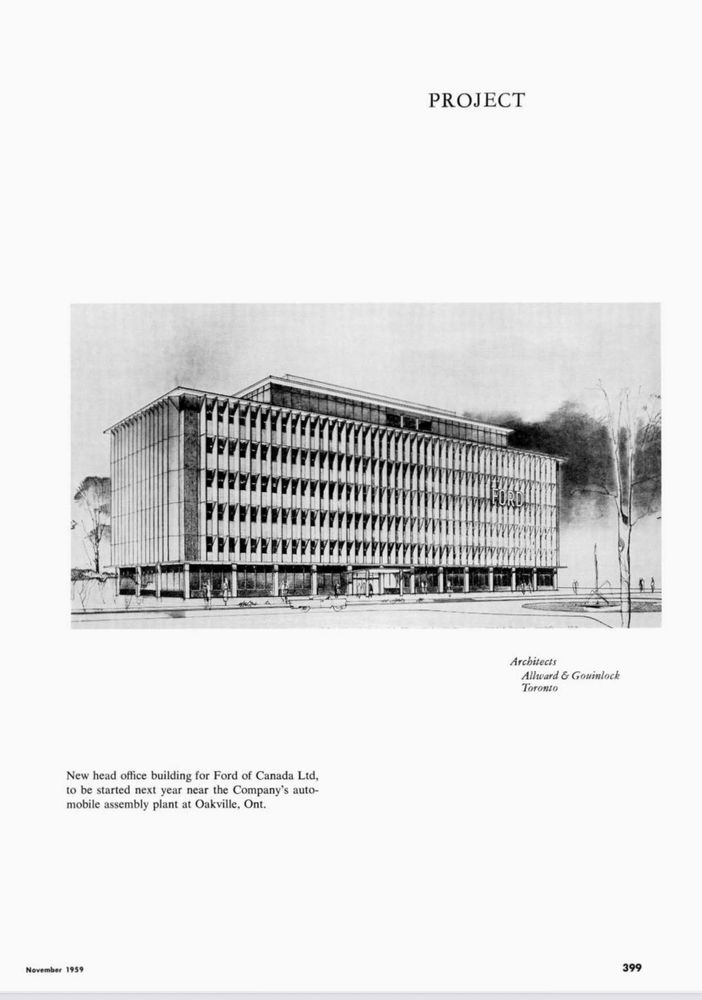Alex Bozikovic
@alexbozikovic.bsky.social
16K followers
1.4K following
960 posts
Architecture critic @theglobeandmail.com. Also author, University of Toronto Daniels Faculty instructor, husband, father of two city kids.
https://www.theglobeandmail.com/authors/alex-bozikovic/
Posts
Media
Videos
Starter Packs
Reposted by Alex Bozikovic
